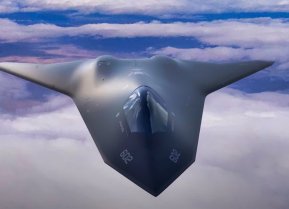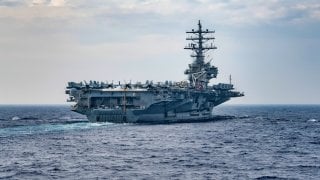DF-21D: The Missile China Built to Sink U.S. Navy Aircraft Carriers
The DF-21D missile poses a significant threat to U.S. Navy warships, potentially deterring U.S. intervention in a Chinese assault on Taiwan, thus forcing Washington to negotiate rather than confront Beijing militarily.
Summary and Key Points: China's Dong Feng-21 missile, first deployed in 1991, embodies Beijing's long-standing strategy of "Active Defense," which is strategically defensive but operationally offensive. The DF-21, particularly its DF-21D variant, is central to China's anti-access/area-denial (A2/AD) strategy, aiming to deter U.S. military power and secure regional dominance.
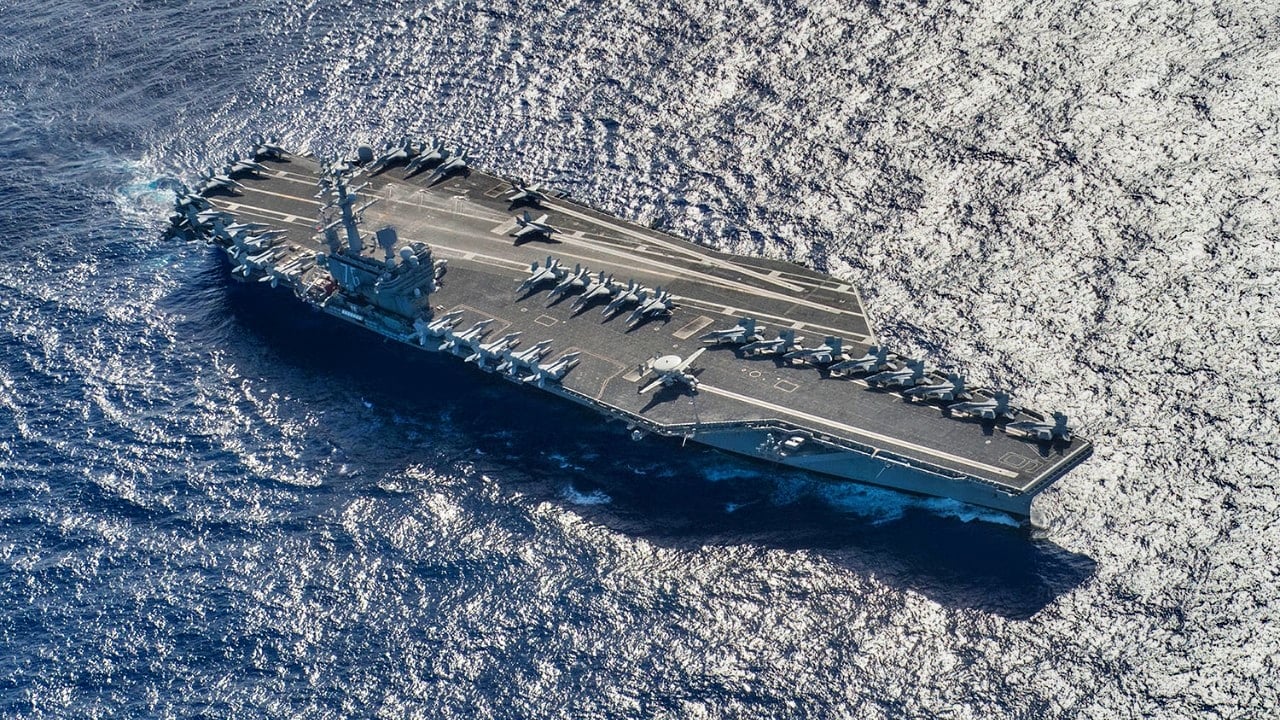
-This strategy reflects China's historical emphasis on security and territorial expansion, now pivoting to maritime defense.
-The DF-21D missile poses a significant threat to U.S. Navy warships, potentially deterring U.S. intervention in a Chinese assault on Taiwan, thus forcing Washington to negotiate rather than confront Beijing militarily.
How China's DF-21D Missile Threatens U.S. Naval Dominance in the Indo-Pacific
The People’s Republic of China is vulnerable to US military power. Since the 1960s, Beijing has striven to create radical, advanced technologies designed to rebuff US military power projection. The Dong Feng-21, which was first conceived in the 1960s, was completed by the early 1980s and first deployed by China’s military in 1991.
For Chinese strategists, the idea of preserving the core of China has dominated their great nation’s foreign policy discourse. This is not merely a product of the modern Chinese Communist Party (CCP). This is a key theme repeated throughout their 4,000-year history.
Constantly worried about barbarian invasions, China’s rulers historically strove to outpace these foes technologically and deploy innovative defensive weapons and tactics—including what Taylor Fravel called “Active Defense.” Writing in the Marine Corps Gazette in 2021, Maj. Timothy A. Ornelas reminds readers that China’s war planners describe their “active defense” strategy as, “strategically defensive but operationally offensive.”
The Best Defense is a Strong Offense
China’s behavior, therefore, in pushing its military’s reach into the First Island Chain (and seeking to dominate the second and third island chains) is nothing new. It goes hand-in-hand with China’s ancient behavior of pushing beyond the small collection of ethnically Han villages around the Yellow River basin into wider Eurasia beyond—and why China’s rulers ultimately built their Great Wall which still stands as a testament to China’s obsessive quest for security. The DF-21, as well as its subsequent variants—notably the DF-21D—and all the rest of China’s growing missile arsenal is a new age version of this Great Wall mentality that dominated the minds of China’s rulers for thousands of years.
Whereas historically, China has focused on its western land borders for security, Beijing is today pivoting and attempting to become a more maritime-focused security state. China’s leaders insist that they are merely being defensive. Again, though, we must reference their “active defense” strategy. Yes, they are building up capabilities to effectively shield themselves from what they view as seaborne American aggression.
Beijing, however, seeks to enhance its territorial holdings in the Indo-Pacific as well as to expand its own power projection far beyond its borders. In fact, in 2008, the head of China’s navy ruefully quipped to the then-head of the US Navy that Beijing would take everything to the west of Hawaii and Washington could have everything to its east. Whether the Chinese admiral was being facetious at the time, the fact remains that Beijing’s forces have operated according to this informal design.
DF-21D: Dong Feng Does US Navy In
Today, the Dong Feng model of missiles has become the basis for China’s anti-area/access denial (A2/AD) strategy.
Before China can take to the deep blue seas of the Indo-Pacific, Beijing must first secure what Russia might refer to as its “near-abroad.” Japan, South Korea, Taiwan, Vietnam, India, and the Philippines are but some of China’s neighboring states that could complicate their grand imperial plans. All these countries, on some level, require US military backing to deter China’s more revanchist ideas.
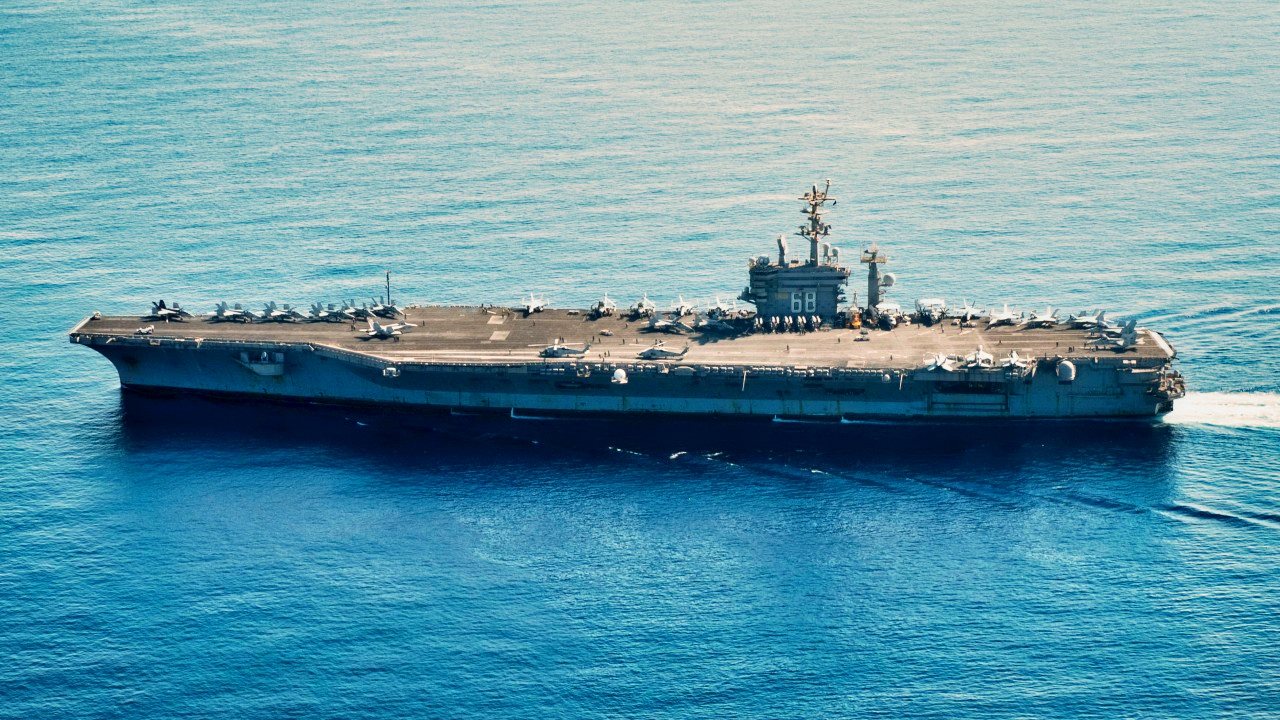
This is especially true of the threatened democracy of Taiwan, which holds a special place in the cold hearts of Beijing’s leaders. For the CCP, Taiwan is little more than a breakaway province in need to being brought to heel by Chinese military power. Once captured, Beijing intends to use Taiwan as a base from whence to launch their aggressive program of dominating the whole Indo-Pacific.
Key to this entire strategy is not China’s growing navy or their massive air force. It’s not even their outsized army. No, the key is their huge—and growing—ballistic missile arsenal. Today, the DF-21’s updated variant, the DF-21D, along with a coterie of other ballistic missiles, can threaten the US Navy’s power projection into regions closer to China’s shores.
Having experienced the humiliation of the Taiwan Strait Crisis in 1995-96, when the Clinton Administration sailed two US Navy aircraft carriers through the Taiwan Strait separating Taiwan from China’s mainland, Beijing vowed to never again be forced to stand down from attacking Taiwan by such a small deployment of US forces (compared to the hulking force that China had arrayed against Taiwan at that time).
Beijing Has Got Washington's Number (and Taipei's)
Recognizing that China’s navy could never hope to match the skill and power of the US Navy, Beijing’s strategists determined to counteract US military superiority in the Indo-Pacific by steadily building up their missile arsenals. Because US warships are so advanced and expensive to maintain (and the Americans no longer possess the mass production capabilities they did in the Second World War), China’s military calculates that the extreme threat that systems, like China’s DF-21D poses to US Navy warships—notably the expensive aircraft carriers—will stay Washington’s hand when China decides to attack Taiwan.
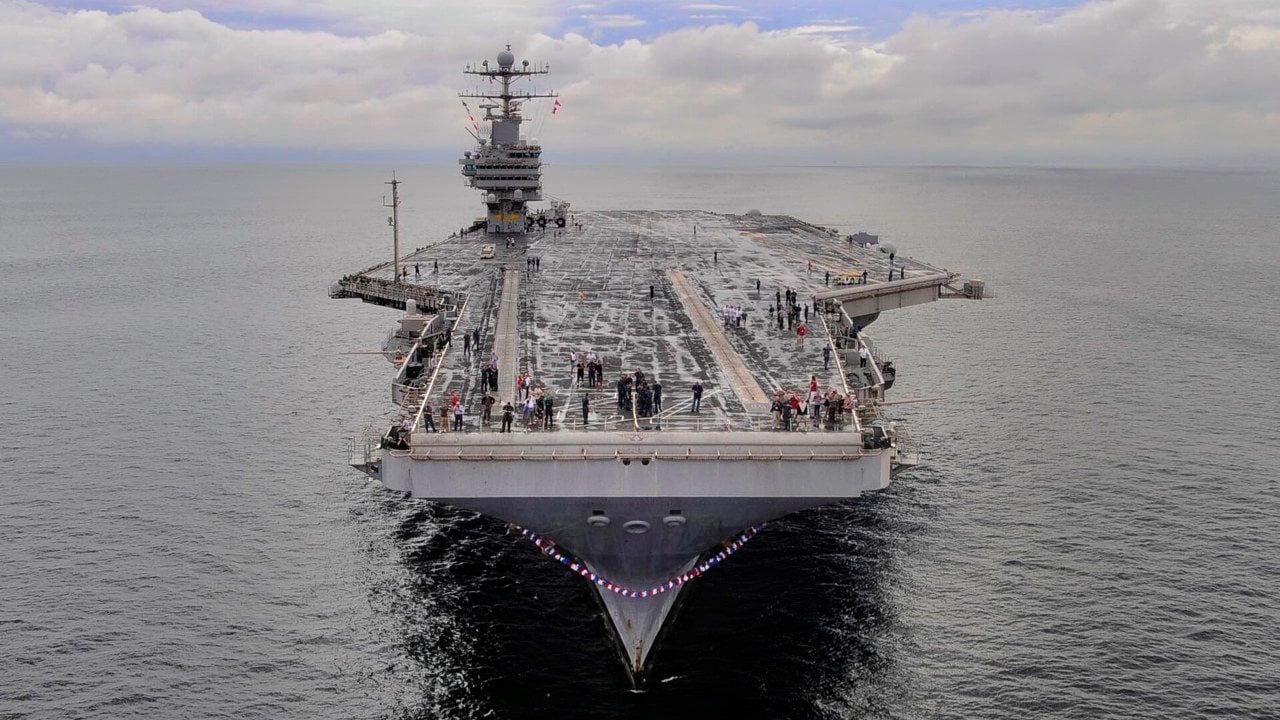
Given the turgid US economic system, its divided domestic political scene, its sclerotic industrial capabilities, the ambivalence of most Americans about world affairs, and financial burden of possibly losing large numbers of US warships to China’s DF-21D and other antiship missile systems, Beijing’s leaders just might be right. The Americans would stay their hands and negotiate with China over Taiwan’s fate.
About the Author
Brandon J. Weichert is a former Congressional staffer and geopolitical analyst who is a contributor at The Washington Times, as well as at American Greatness and the Asia Times. He is the author of Winning Space: How America Remains a Superpower (Republic Book Publishers), Biohacked: China’s Race to Control Life, and The Shadow War: Iran’s Quest for Supremacy. Weichert can be followed via Twitter @WeTheBrandon.
All images are Creative Commons.
From the Vault
Russia Freaked Out: Why the U.S. Navy 'Unretired' the Iowa-Class Battleships
Battleship vs. Battlecruiser: Iowa-Class vs. Russia's Kirov-Class (Who Wins?)
